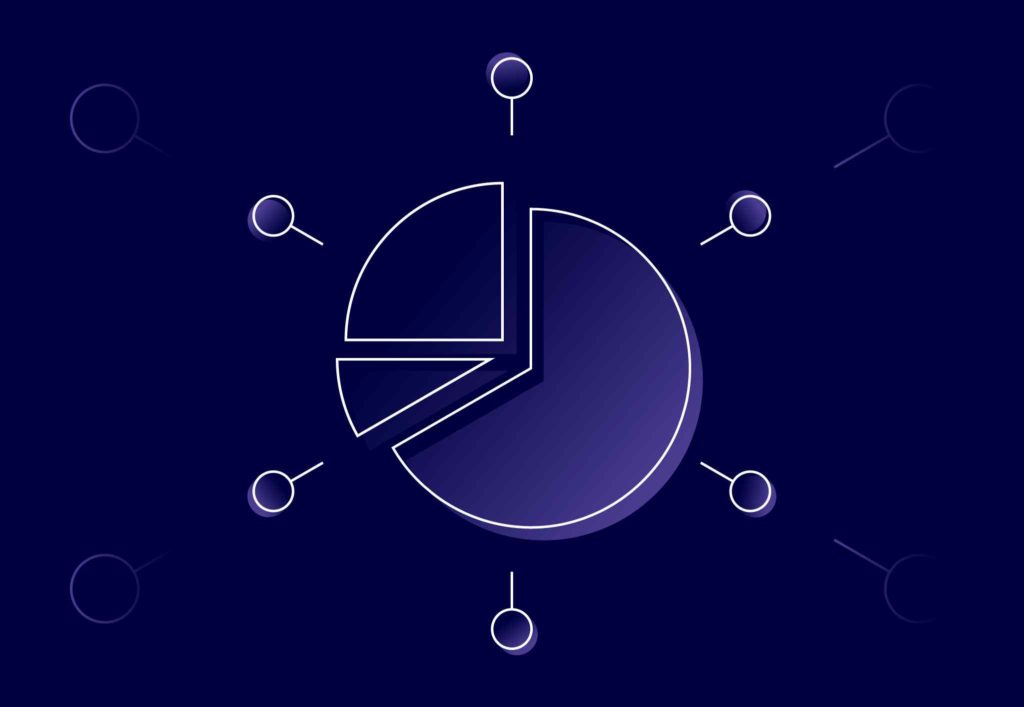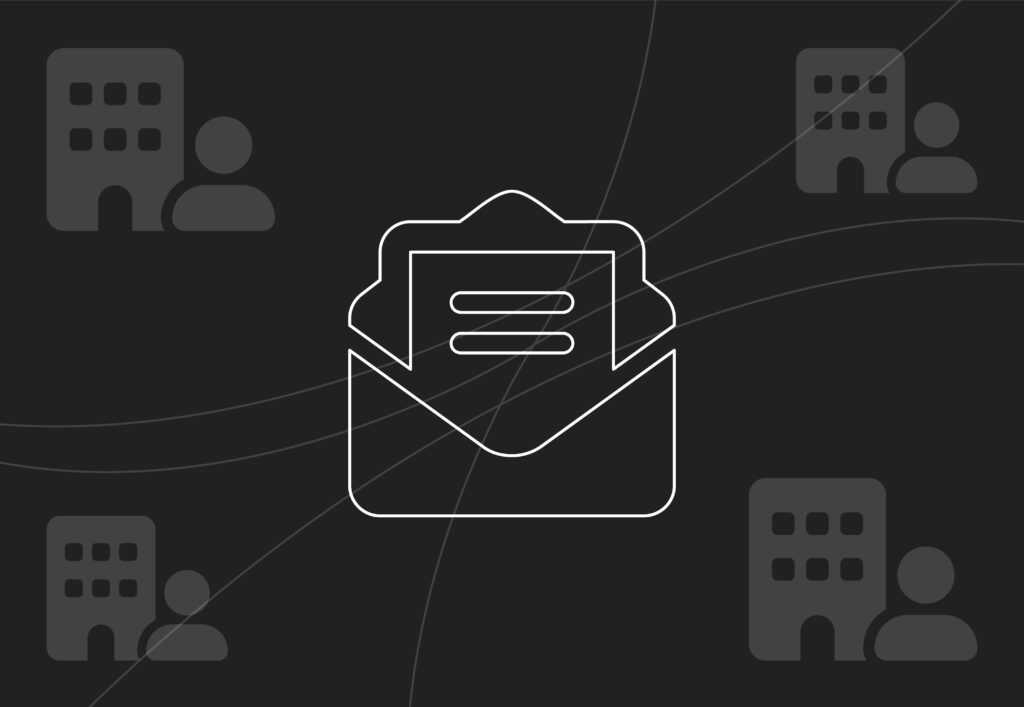
Paid Social Data and Where to Find It

Any good paid social media advertiser will stress the importance of data analysis when running social media ads. Without valuable data, you cannot make any real decisions without relying heavily on assumptions. To see true success, you need to be utilising every single data point possible to support your campaigns. This is why you’ll see a lot of advertisers, including the team here at Embryo, focus on data collection and analysis for the first month or so of running an account.
That being said, there is a lot of data out there that sits on different platforms so we’ve pulled together the critical data that you can see from two key data points – the advertising platforms themselves, and Google Analytics.
We’ll cover the data availability at quite a top level here, but if you’d like to learn more about utilising data to optimise your paid social campaigns, please get in touch with our paid social experts by phone at 0161 327 2635 or email info@embryo.com.
Platform Data for Social Ads
For the sake of this blog, we’ll be focusing on the most popular social media advertising platform, Meta, but a lot of the metrics are similar across LinkedIn, Pinterest etc. If you would like any further, or more specific, information, get in touch.
On the whole, platforms give you the fundamental amount of data needed to optimise campaigns. You see a lot of on-platform metrics (for obvious reasons) but there are limitations when it comes to anything particularly deeper than that. Take a look.
Reach/Impressions
From a fundamental standpoint, you can receive reach data (how many people your ads have reached) and impressions data (how many times your ad has been seen by people) from whichever advertising platform you are on. This allows you to understand the impact of your ads at a very surface level.
Clicks/Landing page views/Engagement
We can break down reach/impressions a little further by analysing clicks and engagement. Rather than just seeing how many people have seen your ad, you can look at how many people clicked, liked, commented, or engaged with your website. From here the picture of your ads becomes a little clearer.
CTR/CPM/CPC
On-platform data allows you to really analyse key metrics such as CTR (click-through-rate), CPM (cost to reach 1,000 people) and CPC (cost per click). You can’t usually see this data anywhere other than on the advertising platform, so it is really important that you take a look.
Platform/Age/Gender breakdown
Within Meta, you can break down conversions, spending, reach and impressions by age, gender and platform. The age data is split into different brackets, e.g. 13 – 17, 18 – 24, and the platform is split into Facebook, Instagram, Messenger, Audience Network and others. It’s important to note here that it doesn’t segment story vs. feed.
Purchases/Leads/ATC/Custom Conversions
Within Meta, you can see conversion event data attributed to your ad. This will be within your set attribution window (7-day-click, 1-day-view is the default) and can cover all your standard events, such as the number of purchases, and also any custom events that you set up. From here, you can see the cost per event too. For eCommerce, you can pull through the value of each purchase. You can also use calculations to show a very basic AOV (revenue/purchases).
It is really important to note that although you can see the number of conversions, you cannot see the product sold, products advertised, number of products sold or product value.
GTM Conversions
If you’re more technical with your tracking, you can build an additional whole host of Meta metrics in Google Tag Manager that you can then build as custom conversions within the platform. From here, they act just like the conversions above!

Google Analytics Data for Social Ads
Google Analytics is where you start to see a lot more in-depth data around the website as a whole and not just your immediate ad performance. Despite that, some of this data is the most useful, particularly around how you position paid social as an advertising channel.
Multi-channel funnels
Perhaps the most important feature that Meta is lacking – cross-channel analysis. Meta can only track and report on Facebook, Instagram and Audience Network conversions, meaning that it really doesn’t give you the full picture of how your ads are performing. With Google Analytics (GA), you can analyse data including top conversion paths and time lag, to really see the part that your ads play in the conversion funnel.
Assisted conversions
Similar to multi-channel buyer funnels, assisted conversions are an incredible feature within GA to show many conversion flows including your channel and the attributed revenue. This, combined with the features above, will allow you to really understand your customer journey and implement optimisations that drive results.
Product performance
A key aspect missing from Meta’s reporting is any kind of product performance breakdown. With Meta advertising, you’re blind to the products that you’re selling, as you can only see the number of sales made and total revenue. Within GA, you can delve into product performance and understand which products are selling, average basket size etc. This is incredibly valuable information to guide your strategy.
Conversions by placement
Utilising some GTM/GA4 wizardry, you can create a report that gives you the breakdown by social placement. Not just Facebook or Instagram – story/feed. This allows you to understand whether you need to be creating more story content, testing more feed content etc. This is a great insight to optimise your campaigns based on where you are seeing success or need to improve performance.
Top-level data
A more generic answer but without top-level data e.g. revenue from all sources, eCommerce conversion rate from all sources etc. you are going to struggle to see a real impact from your ads. Yes, the platform data can give you insights and allow you to drive performance on that platform, but if you’re looking to grow with a business and support them in wider marketing and business decisions, it’s important to have the full picture. To do that, you must use GA.
Summary: The Importance of Data Cannot Be Underestimated
There is a whole host of data out there to enable you to optimise your paid social campaigns – half of the battle is knowing where to find it! Rather than just using on-platform data, it is really important to be analysing other tools like Google Analytics to see the bigger picture and make decisions that don’t just support your campaigns but the business objective as a whole. In most cases, paid social isn’t just a solo channel, it is part of a much wider marketing impact.
If you want to find out more about the positioning of paid social or the data that you can analyse, get in touch with us today!



